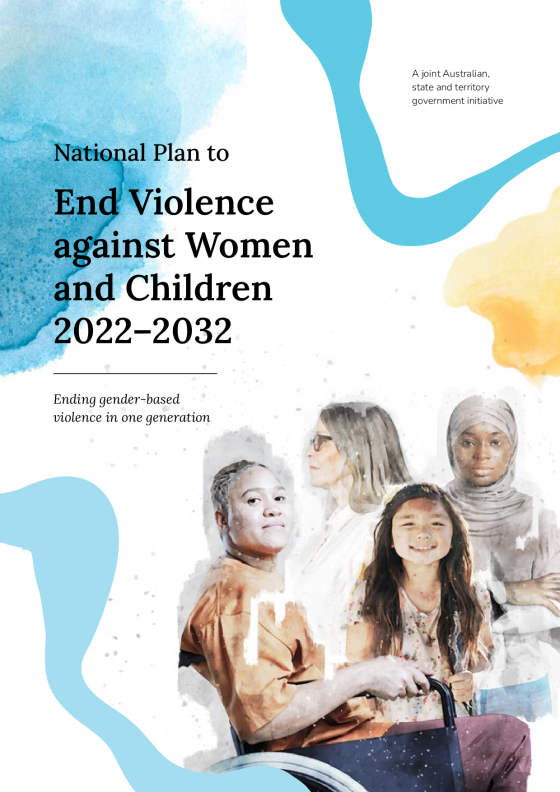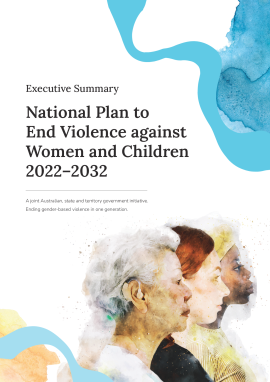About the National Plan
The National Plan to End Violence against Women and Children 2022–2032 was released in October 2022.
The National Plan is the overarching national policy framework that will guide actions towards ending violence against women and children in one generation.
It highlights how all parts of society need to work together to end gender-based violence in one generation.
The National Plan outlines this vision across 4 domains:
- Prevention – stopping it before it starts by changing underlying social drivers of violence, and addressing the attitudes and systems that drive violence against women and children.
- Early intervention – identifying and supporting individuals who are at high risk of experiencing or perpetrating violence, and prevent it from reoccurring.
- Response – providing services and supports to help victim-survivors experiencing violence. This includes crisis support, police intervention and a trauma-informed justice system that will hold people who use violence to account.
- Recovery and healing – helping to reduce the risk of re-traumatisation by supporting victim-survivors as they recover from their trauma. This includes the physical, mental, emotional and economic impacts of violence.
The National Plan to End Violence against Women and Children 2022–2032
The National Plan is the overarching national policy framework that will guide actions towards ending violence against women and children over the next 10 years.
Access this
Executive Summary of the National Plan
Access thisAction plans
A First Action Plan has been developed that outlines the first 5 years towards achieving the vision of the National Plan. It prioritises the focus and national leadership needed to deliver change.
A dedicated Aboriginal and Torres Strait Islander Action Plan will work alongside the First Action Plan.
Was this page helpful?
DSS100 | Permalink: www.dss.gov.au/node/100

